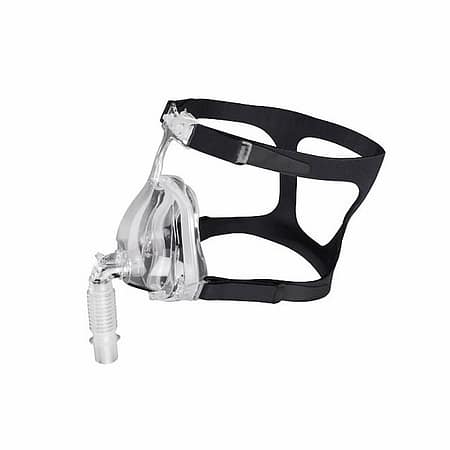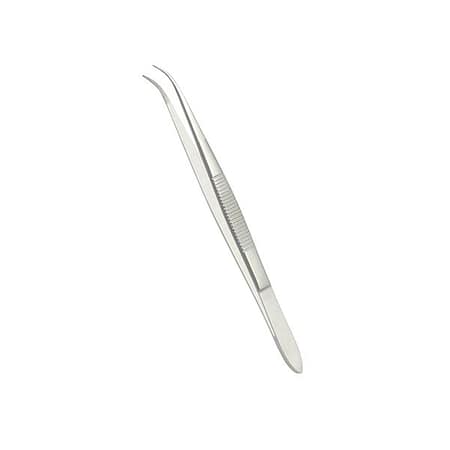Unlocking Pain Relief Through Comprehensive Guide of TENS Machine Therapy

How Can a TENS Machine Therapy Guide Help Unlock Pain Relief?
Introduction to TENS Therapy
What is a TENS Machine?
A TENS (Transcutaneous Electrical Nerve Stimulation) machine is a device designed to provide pain relief by delivering small electrical impulses through electrodes attached to the skin. This non-invasive method targets the nervous system, aiming to reduce both acute and chronic pain without the need for medication.
How Does TENS Therapy Work?
TENS therapy works by emitting electrical currents to stimulate nerves through the skin. These electrical impulses are believed to increase the body’s production of endorphins, a natural painkiller, and block pain signals to the brain. The intensity of these impulses can be adjusted according to the user’s comfort level, making it a versatile option for pain management.
The Evolution of TENS Machines in Pain Management
TENS machines have undergone significant advancements since their introduction. Initially used by physical therapists and pain specialists, they have now become widely accessible for home use. Innovations in technology have made TENS machines more user-friendly, compact, and effective, thereby revolutionizing the approach to pain management and offering a promising alternative to conventional pain relief methods.
The Science Behind TENS Therapy
Understanding the Pain Gate Theory
The Pain Gate Theory suggests that the spinal cord contains a neurological “gate” that either blocks pain signals or allows them to proceed to the brain. TENS therapy is thought to help close this gate by stimulating non-painful nerves, effectively reducing the perception of pain.
Electrical Impulses and Their Role in Pain Relief
TENS therapy utilizes electrical impulses to activate specific types of nerve fibers, primarily those that carry touch and vibration sensations. These impulses can help interrupt or block the pain signals travelling to the brain, offering relief from discomfort. The method is adjustable, allowing for tailored treatment that can vary in intensity to suit individual pain thresholds and conditions.
Research and Studies Supporting TENS Efficacy
A growing body of research supports the effectiveness of TENS therapy in managing various forms of pain, from chronic conditions like arthritis to acute post-operative pain. Studies highlight TENS as a beneficial adjunct to traditional pain management strategies, providing evidence of its capacity to reduce pain intensity, improve patient mobility, and enhance overall quality of life.

Practical Guide to Using a TENS Machine
Selecting the Right TENS Machine for You
Choosing the right TENS machine involves understanding your specific needs and the features that can meet them. Key features to consider include the number of channels (which determines how many areas of the body can be treated simultaneously), battery life, and the variety of settings available. Regarding types, TENS machines can range from basic models suitable for general pain relief to more advanced units offering multiple programmes for various pain conditions.
Step-by-Step Guide to Using Your TENS Machine
To effectively use a TENS machine, start by identifying the painful area and clean the skin there to ensure good electrode adhesion.
- Placement of Electrodes: Position the electrodes on or around the area of pain, avoiding any broken skin or sensitive spots. Electrodes should be placed at least an inch apart to ensure the electrical current passes through the painful area.
- Setting Up the Intensity and Frequency: Begin with a low intensity and gradually increase until a tingling sensation is felt without discomfort. The frequency settings can also be adjusted based on whether the pain is chronic or acute, with lower frequencies (2-10 Hz) for endorphin release (chronic pain) and higher frequencies (50-100 Hz) for blocking pain signals (acute pain).
Safety Guidelines and Contraindications
While TENS therapy is safe for most people, there are important safety guidelines and contraindications to be aware of. Do not use TENS on injured skin or if you have a pacemaker, epilepsy, or are pregnant (without consulting a doctor). Always start with the lowest settings and gradually adjust. Avoid using the device while driving or operating machinery. Remember to remove the electrodes if any discomfort or skin irritation occurs and consult with a healthcare professional if you have any concerns about using a TENS machine.

Real-Life Applications and Benefits
Chronic Pain Management
TENS machines offer significant benefits for individuals suffering from chronic pain, making daily management more bearable and reducing dependence on pain medications.
- Back Pain: By targeting the specific areas of the back where pain is experienced, TENS therapy can alleviate discomfort, improve mobility, and support overall spine health.
- Arthritis: For those dealing with arthritis, TENS can be a boon, helping to ease joint pain, reduce inflammation, and enhance joint movement, thus improving quality of life.
- Fibromyalgia: Given fibromyalgia’s widespread and often debilitating pain, TENS therapy provides a non-pharmacological option to reduce pain levels and improve sleep and daily function.
Acute Pain and Rehabilitation
TENS therapy plays a crucial role in the recovery process from injuries and surgeries, aiding in pain management and facilitating quicker rehabilitation.
- Post-Surgical Recovery: Implementing TENS therapy post-operation can significantly reduce the need for pain medication, decrease swelling, and speed up the healing process, enabling a smoother and faster recovery.
- Injury Rehabilitation: For acute injuries, TENS can be instrumental in managing pain, reducing recovery time, and preventing the onset of chronic pain, thereby assisting in the rehabilitation process.
Enhancing Sports Performance and Recovery
Athletes at all levels can benefit from TENS therapy, both as a preventative measure and a recovery tool.
- Preventative Care: Regular use of TENS machines can help prepare muscles for exercise, reducing the risk of injury by improving circulation and flexibility.
- Recovery Enhancement: After intense physical activity, TENS therapy aids in the recovery of muscles by reducing soreness, decreasing inflammation, and accelerating the healing process, thus ensuring athletes can return to training sooner.
By incorporating TENS therapy into various aspects of pain management and rehabilitation, individuals can experience significant improvements in their pain levels, mobility, and overall quality of life. Whether it’s chronic pain conditions, acute injury recovery, or sports performance and recovery, TENS offers a versatile, drug-free approach to managing pain and facilitating healing.
































